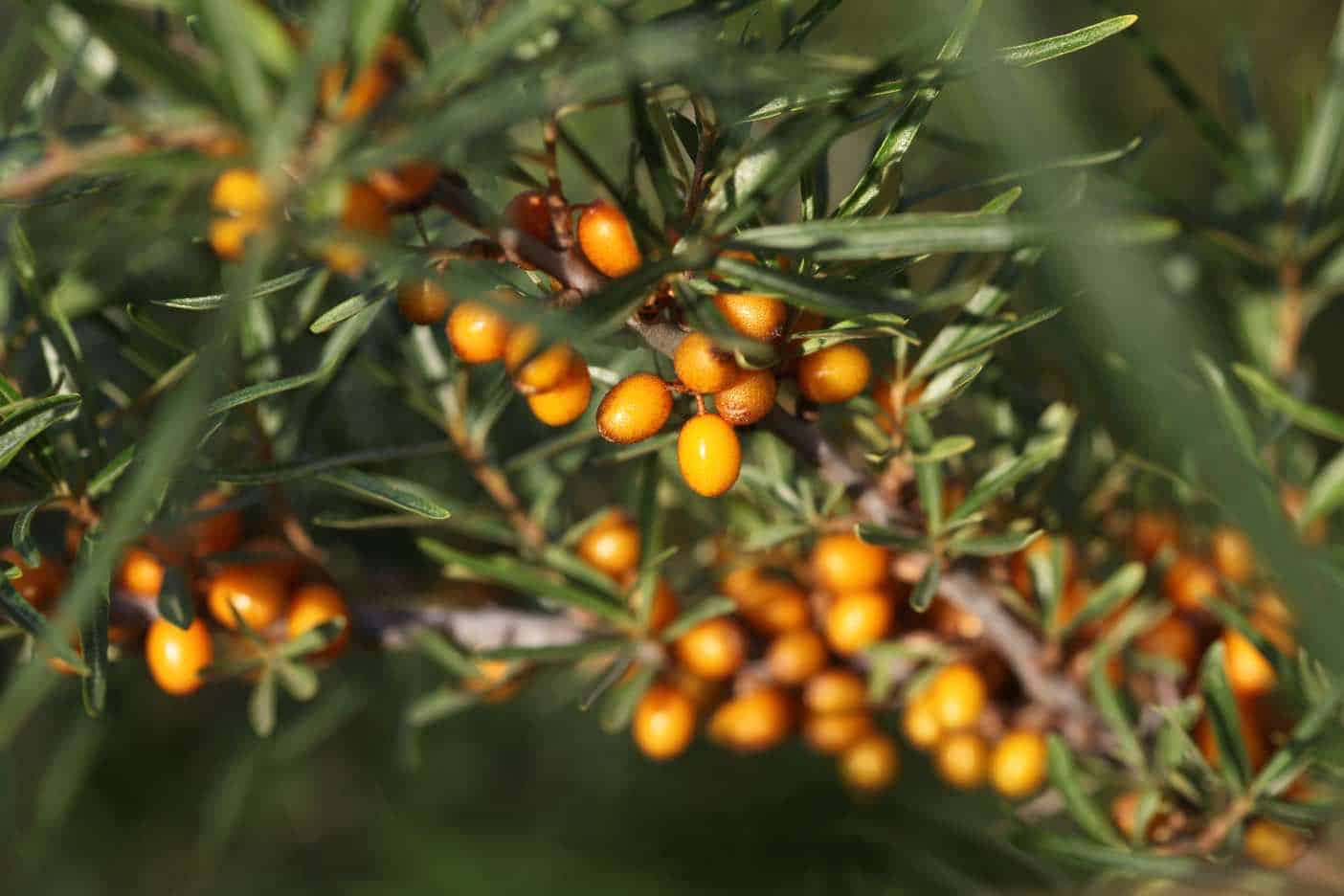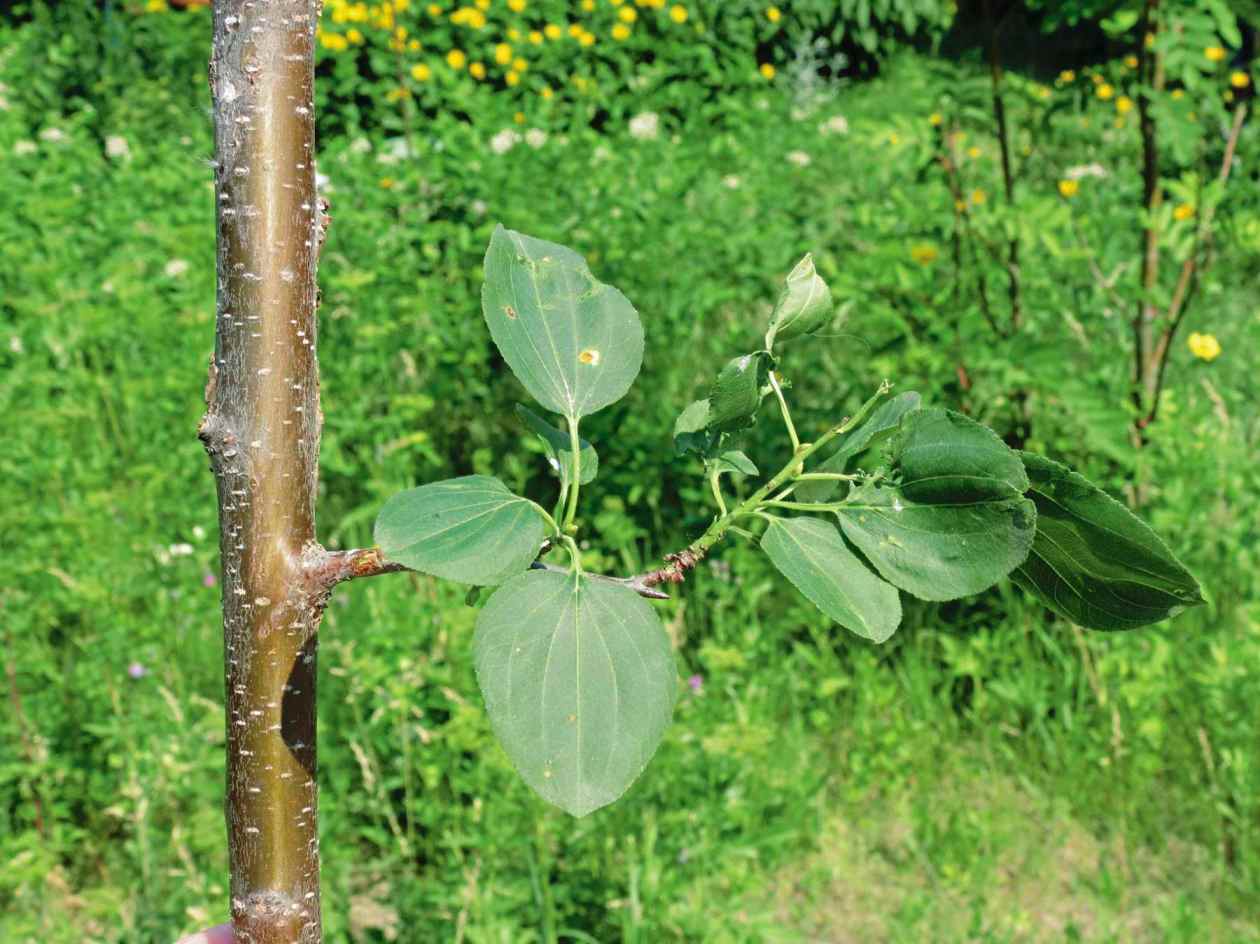Buckthorn Bush: The Invasive Species That's Taking Over
Additional Information
In addition to the information in the main content section, here are some additional facts about buckthorn:
- The berries of buckthorn are poisonous to humans and livestock.
- Buckthorn can harbor pests and diseases that can damage native plants.
- Buckthorn can contribute to erosion by breaking down the soil structure.
- Buckthorn is a fire hazard because it can dry out and catch fire easily.
Buckthorn is an invasive shrub that can be found in many parts of the world. It is a nuisance because it crowds out native plants and can damage ecosystems. If you are interested in learning more about buckthorn, I recommend visiting the website Home Gardening. This website has a wealth of information about buckthorn, including its identification, history, and management.
FAQ of buckthorn bush
Frequently Asked Questions about Buckthorn Bush
- What is buckthorn?
Buckthorn is a type of shrub or small tree that is native to Europe and Asia. It was introduced to North America in the 1800s and has since become an invasive species. Buckthorn can grow up to 20 feet tall and has dark green leaves and small, black berries.
- Why is buckthorn considered an invasive species?
Buckthorn is considered an invasive species because it outcompetes native plants for nutrients, light, and moisture. It also shades out the understory of forests, which can have a negative impact on wildlife habitat.
- What are the negative impacts of buckthorn?
The negative impacts of buckthorn include:
Outcompeting native plants: Buckthorn is very aggressive and can quickly outcompete native plants for resources. This can lead to the decline of native plant populations and the loss of biodiversity.
Shading out the understory: Buckthorn can grow very tall and its dense foliage can shade out the understory of forests. This can prevent the growth of wildflowers, grasses, and other plants that are important for wildlife habitat.
Contributing to erosion: Buckthorn's dense foliage can prevent the ground from absorbing water, which can lead to erosion.
Decreasing soil moisture: Buckthorn's dense foliage can also decrease the amount of sunlight that reaches the soil, which can reduce the amount of moisture that is available to plants.
How can I control buckthorn?
There are a number of ways to control buckthorn, including:
Mechanical removal: Buckthorn can be mechanically removed by cutting it down or pulling it up. However, this is not always effective as buckthorn can resprout from the roots.
Chemical treatment: Buckthorn can be killed with herbicides. However, herbicides can be harmful to the environment and should only be used as a last resort.
Biological control: Biological control involves introducing insects or other organisms that feed on buckthorn. This is a more environmentally friendly way to control buckthorn, but it can be time-consuming and may not be effective in all cases.
What are the best practices for controlling buckthorn?
The best practices for controlling buckthorn include:
- Start early: Buckthorn is easier to control when it is young and small.
- Remove all of the plant: When removing buckthorn, it is important to remove the entire plant, including the roots. This will prevent it from resprouting.
- Dispose of the plant properly: Buckthorn should not be burned or composted. It should be disposed of in a landfill or by burying it.
- Work with your neighbors: Buckthorn is a widespread problem, so it is important to work with your neighbors to control it.
Image of buckthorn bush
- A branch of orange sea buckthorn berries close up. A lot of useful berries of sea-buckthorn on a bush with green leaves. The berry from which the oil is made. Defocused or small depth of field. Flare

- A full grown buckthorn bush with green leaves and orange berries. The bush is in a forest setting, and the background is blurred.

- A close up of the leaves of a buckthorn bush. The leaves are a dark green color, and they have a serrated edge.

- A close up of the berries of a buckthorn bush. The berries are orange in color, and they are clustered together on the branch.

- A buckthorn bush in the winter. The leaves have fallen off, and the branches are bare.

- A buckthorn bush in the spring. The leaves are starting to come out, and the bush is covered in white flowers.

- A buckthorn bush in the summer. The bush is full of green leaves and orange berries.

- A buckthorn bush in the fall. The leaves are turning orange and red, and the bush is a beautiful sight.

- A buckthorn bush in a pot. The bush is small and compact, and it would make a great addition to a garden or patio.

- A buckthorn bush used as a hedge. The bush is trimmed to form a neat hedge, and it provides privacy and security.
Post a Comment for "Buckthorn Bush: The Invasive Species That's Taking Over"